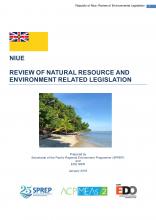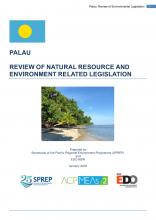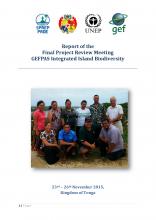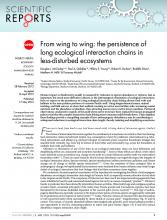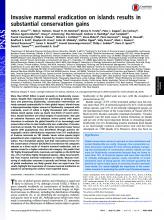Will climate change impact the potential distribution of a native vine (Merremia peltata) which is behaving invasively in the Pacific region?

BRB
Available Online
Kumar, Lalit
,
Taylor, Subhashni
2016
Merremia peltata is a species with uncertain status in the island nations of the Pacific region. It has been designated introduced and invasive in some countries whereas it is considered native in others. Recent increase in its abundance across some island landscapes have led to calls for its designation as an invasive species of environmental concern with biological control being suggested as a control strategy. Climate change will add to the complications of managing this species since changes in climate will influence its range limits. In this study, we develop a process-oriented niche model of M. peltata using CLIMEX to investigate the impacts of climate change on its potential distribution. Information on the climatic requirements of M. peltata and its current geographic distribution were used to calibrate the model. The results indicate that under current climate, 273,132 km2 of the land area in the region is climatically unsuitable or marginal for M. peltata whereas 664,524 km2 is suitable to highly suitable. Under current climate, areas of climatic suitability for M. peltata were identified on the archipelagos of Fiji, Papua New Guinea, Solomon Islands and Vanuatu. By the end of the century, some archipelagos like Fiji, Hawaii, New Caledonia and Vanuatu will probably become more suitable while PNG and Solomon Islands become less suitable for M. peltata. The results can be used to inform biosecurity planning, management and conservation strategies on islands.

